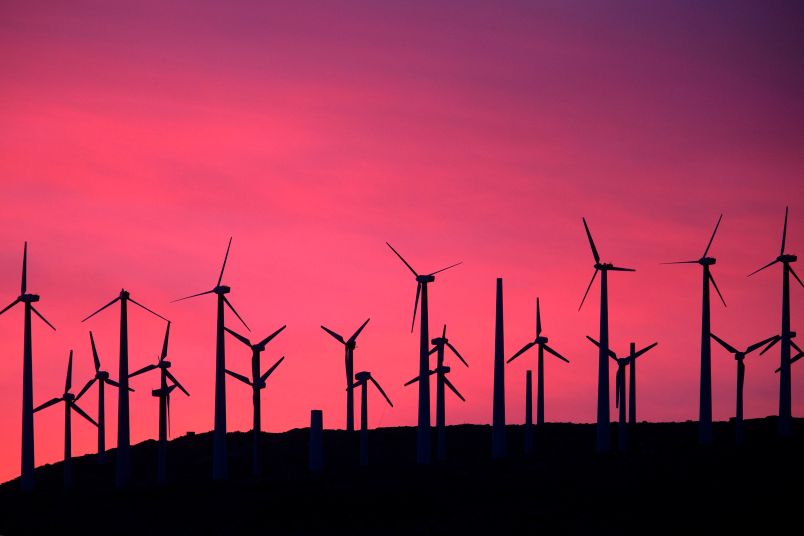The International Energy Agency released a report on Tuesday that declares reaching net zero CO2 emissions by 2050 will require “huge leaps” in clean energy innovation, including the widespread use of technologies that aren’t on the market yet, but that focus heavily on tapping renewable energy sources.
The report from the top global energy agency is its first comprehensive study examining how to transition to a net zero energy system by 2050 while ensuring stable and affordable energy supplies, providing universal energy access, and enabling robust economic growth.
The IEA offered a more than 200-page road map for building a net zero energy sector in the next 30 years. The path, it said, would be “technically feasible” but “narrow and extremely challenging” — requiring an unprecedented transformation of how energy is produced, transported and used globally and demanding innovations that haven’t yet come to market.
Ending investment in fossil fuel was among its chief recommendations.
That guidance appeared alongside an important consideration — that “existing technologies will not be able to get us all the way along the path to net-zero emissions.”
The report noted that while some global reductions in greenhouse gases are achievable through 2030 based on existing technologies, new innovations will be required to reach the steep 2050 goals.
Almost half of those mid-century reductions rely on “technologies that are currently at the demonstration or prototype phase,” the report said.
“Major innovation efforts must occur over this decade in order to bring these new technologies to market in time,” the report said, suggesting that batteries, hydrogen electrolysers, and direct air capture and storage were key areas for innovation.
The innovations include infrastructure like new pipelines to transport captured CO2 emissions and systems to shuffle hydrogen around and between ports and industrial zones.
Hydrogen‐based steel production, low-emissions electricity, and the production of biofuels — which would will all likely play a big role in reducing CO2 emissions — are also largely still in demonstration or “prototype” phase the report noted.
The shift toward a fossil fuel-free future was a notable declaration for the energy agency which has not historically warned against the use of fossil fuels in such clear and concise terms. The IEA’s declaration Tuesday, comes in spite of a history of industry accusations that it has underestimated the growth of renewable energy technologies.
The study comes weeks after President Joe Biden met with a group of global leaders in April to pledge the nation’s commitment to fulfilling its role in the 2015 Paris Agreement on climate change which aims to limit the rise in temperatures to 1.5 degrees Celsius above pre-industrial times to avoid the most devastating impacts of climate change.
Biden vowed at that time to cut greenhouse gas emissions by 50 to 52 percent, compared with 2005 levels, by 2030.
The IEA report also suggested that governmental action would be needed to establish policy that would enable stakeholders to plan for change and facilitate transition for innovations to come.
During a controversial BBC interview over the weekend, the President’s climate envoy John Kerry appeared to resist fully acknowledging an underlying tension between reliance on future technology for solving the planet’s climate troubles and a need for behavior changes amid that transition.
“You don’t have to give up a quality of life to achieve some of the things that we know we have to achieve,” Kerry said, when asked whether he believed Americans would need to make significant lifestyle sacrifices to preserve the planet.
“I am told by scientists — not by anybody in politics — but by scientists, that 50 percent of the reductions we have to make to get to net zero by 2050 or 2045, as soon as we can, 50 percent of those reductions are going to come from technologies that we don’t yet have. That’s just a reality,” he said on Saturday.
Even amid that reality, individual behavior was highlighted in the IEA report, which suggested that because people drive demand for energy‐related goods and services, “societal norms and personal choices will play a pivotal role in steering the energy system onto a sustainable path.”
According to the report, just under 40 percent of reductions in the net-zero emissions scenario would require massive policy support while not requiring much engagement from citizens or consumers.
Conversely, more than half of emissions reductions would require a combination of both deploying low‐carbon technologies and engaged consumers, the report said.



